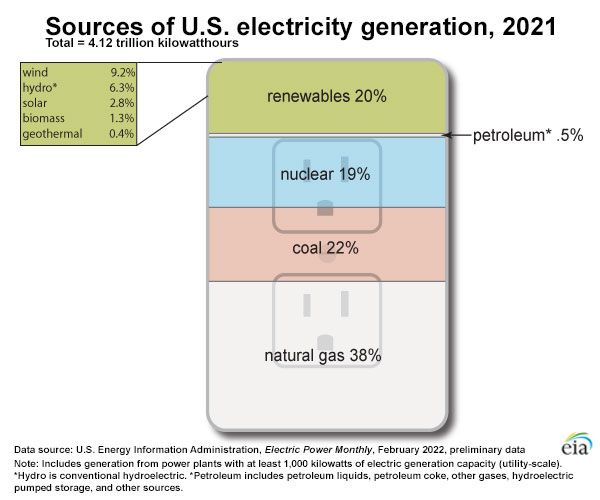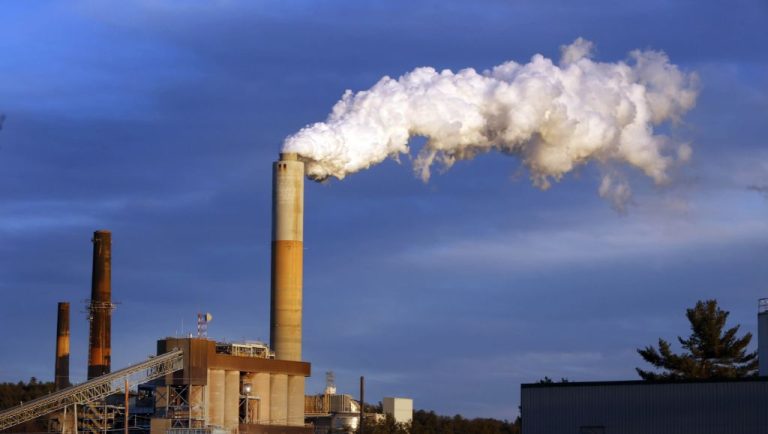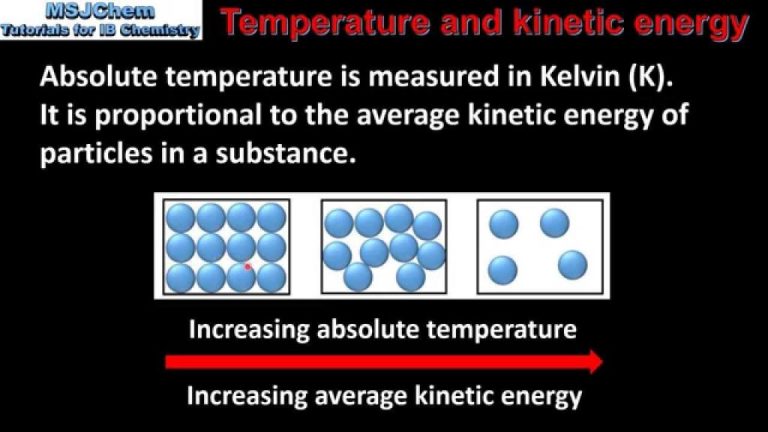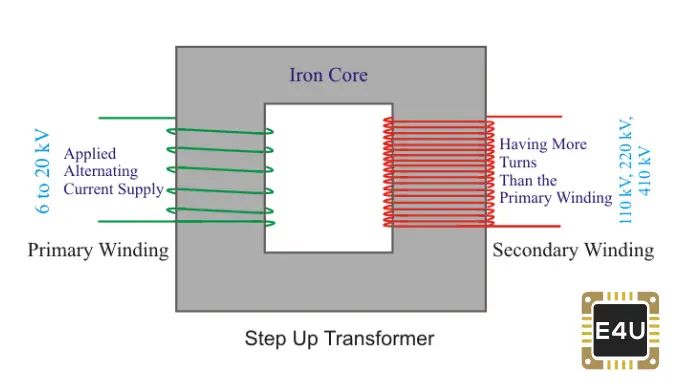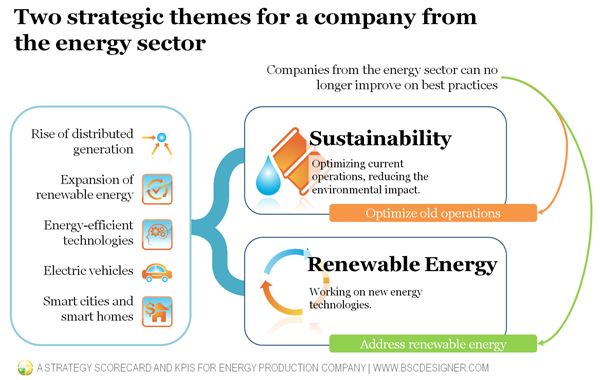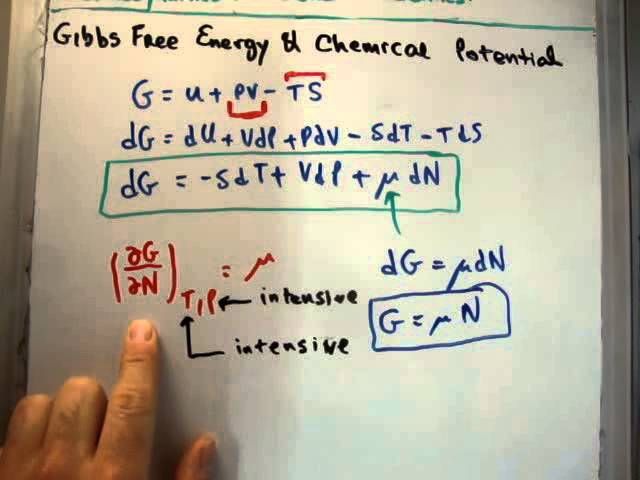Is Renewable Energy Feasible In The United States
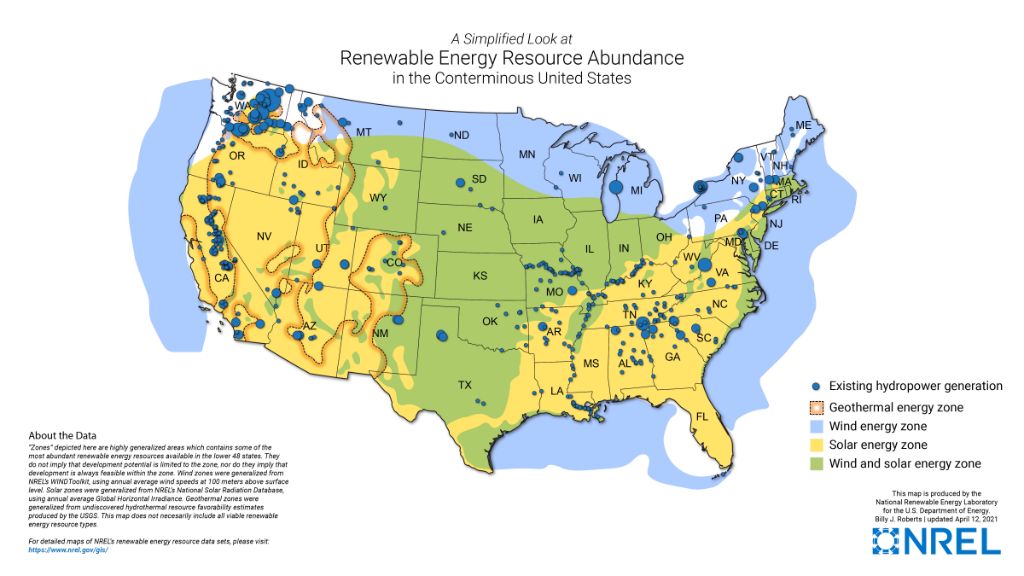
Renewable energy comes from natural sources that are constantly replenished, such as sunlight, wind, water, plants, and geothermal heat. Sources of renewable energy like solar and wind have seen tremendous growth in the United States over the last decade. The key question is whether renewable energy can feasibly meet a substantial portion of U.S. energy needs now and in the coming decades.
Current Renewable Energy Use
In 2021, renewable energy accounted for about 12.9% of total U.S. energy consumption and 20.8% of electricity generation, according to the U.S. Energy Information Administration (EIA). The main renewable energy sources are wind, hydropower, solar, geothermal and biomass. In 2021, wind generated 9.2% of total U.S. electricity, hydropower generated 7.3%, solar generated 3.3%, geothermal 0.4% and biomass 1.1% (EIA).
By comparison, nonrenewable energy sources accounted for 87.1% of total U.S. energy consumption in 2021. Natural gas was the largest source at 32.1% of total energy consumption, followed by petroleum at 28.5%, coal at 11% and nuclear electric power at 8.5% (EIA). For electricity generation, coal accounted for 22.9%, natural gas 38.4%, and nuclear 19.7% in 2021.
The renewable energy contribution is growing steadily. In 2020, renewables were 11.6% of energy consumption versus 10% in 2010. The U.S. Department of Energy has set goals to get to 20% of electricity from wind by 2030 and 45% from solar by 2050 (DOE).
Growth Potential
The United States has abundant renewable energy resources that have significant potential for increased utilization. According to the U.S. Department of Energy, renewable energy could feasibly supply 80% of U.S. electricity by 2050. Some key areas with growth potential include:
- Solar power – The U.S. has some of the best solar resources in the world, but solar currently meets just over 2% of U.S. electricity demand. With falling costs and supportive policies, solar capacity could grow from 97 GW in 2021 to over 1,000 GW by 2050.
- Wind power – Wind power capacity has grown rapidly from 25 GW in 2000 to over 122 GW in 2021. Offshore wind in particular has huge potential, with technical capacity of more than 2,000 GW available.
- Hydropower – Existing hydropower meets 7% of U.S. electricity demand. Upgrading existing infrastructure and developing new low-impact projects could add over 50 GW of capacity.
- Geothermal – Installed geothermal capacity is about 3.8 GW currently. Enhanced geothermal systems could provide 100+ GW of power by 2050.
- Bioenergy – Sustainably-produced bioenergy from agricultural residues, forest resources, and energy crops could provide 5% or more of U.S. energy demand.
With supportive policies, rapid cost declines, and advances in grid integration, renewable energy deployment could accelerate significantly in the coming decades.
Cost Comparisons
Wind and solar power have become dramatically cheaper in the last decade. According to Forbes, costs for utility-scale solar PV and wind dropped by 88% and 69% respectively between 2009-2019. Renewable energy prices are now competitive or lower than fossil fuels in many markets. [1]
Lazard’s analysis shows unsubsidized utility-scale solar and wind costs range from $29-42 per MWh, which is cheaper than coal at $65-159 per MWh and natural gas combined cycle at $44-73 per MWh. Residential solar PV systems now cost about $2.7 to $3.6 per watt installed, making the levelized cost around 6 to 12 cents per kWh for most systems. This is cost competitive with retail electricity prices in many markets. [2]
While renewable systems require higher upfront capital costs, they have minimal ongoing fuel expenses unlike fossil fuels. As technology improves and deployment scales, renewable energy is projected to become even more cost-advantaged compared to conventional sources.
Reliability
One common concern regarding renewable energy like wind and solar is its reliability due to the intermittent nature of these resources. However, recent analyses show that reliability challenges can be overcome through a combination of solutions like geographic distribution, forecasting, overbuilding capacity, and energy storage (Energy Reliability, Three Myths About Renewable Energy and the Grid).
Studies have found that interconnected renewable energy assets can balance each other’s variability and provide consistent power. For example, wind energy from large-scale wind farms across multiple geographic regions helps mitigate intermittency. Solar power complements wind, as peak production often occurs at different times of the day. Improved weather forecasting also enables better prediction of renewable output to balance the grid (Renewable Energy Is the Key to Building a More Resilient Electricity Grid).
Furthermore, overbuilding renewable capacity acts as a buffer during low production periods. Combining renewable sources with energy storage like batteries and pumped hydro provides reserves to dispatch as needed. With a diverse mix of flexible grid resources, studies show reliability on a renewable-powered grid can equal or exceed today’s conventional systems.
Storage Solutions
Renewable energy sources like solar and wind are intermittent, meaning they only generate electricity when the sun is shining or the wind is blowing. This intermittency issue creates challenges for grid reliability and makes storage an important part of increasing renewable energy capacity. There are several storage technologies being developed and deployed to address the intermittency of renewables.
Batteries are one of the leading storage solutions. Lithium-ion batteries in particular are well-suited for grid-scale storage due to their high energy density and efficiency (1). Flow batteries, which store energy directly in the electrolyte liquid, are another promising battery technology for renewable energy storage. Battery costs have fallen nearly 90% in the last decade, driving increased adoption.
Pumped hydro storage is another major storage method, accounting for over 90% of energy storage in the U.S. (2). This involves pumping water uphill into a reservoir when electricity demand is low and releasing it through turbines to generate electricity when demand is high.
Emerging solutions like compressed air energy storage, flywheel energy storage, and gravitational energy storage using cranes are also being developed to provide renewable energy storage. Continued innovation and cost reductions in storage technology will be key for increasing the feasibility and adoption of renewable energy.
Policy Incentives
The United States government, at both the federal and state levels, offers various subsidies, tax credits, grants, and loan guarantees to incentivize renewable energy development. Some of the key federal policies include:
The Investment Tax Credit (ITC), which provides a 26% tax credit for residential and commercial solar installations. This credit has helped make solar power more affordable and is set to continue through 2032 (1).
The Production Tax Credit (PTC), which provides tax credits per kWh generated for wind, geothermal, and other renewable sources. This credit has boosted wind energy growth but is set to phase out in the coming years (2).
Grants and loan guarantees from the Department of Energy to support innovative and first-of-a-kind renewable projects. Recent examples include offshore wind, advanced solar, and energy storage.
At the state level, Renewable Portfolio Standards (RPS) require utilities to source a certain percentage of electricity from renewables. State RPS programs now cover over half of U.S. electricity demand and have driven renewable growth (3).
Additionally, many states offer tax rebates, grants, and other incentives for residents and businesses installing solar panels or other renewable systems.
Overall, federal and state renewable incentives have been crucial for enabling the rapid growth of wind and solar power across the United States in recent decades.
(1) https://www.eia.gov/energyexplained/renewable-sources/incentives.php
(2) https://www.epa.gov/green-power-markets/summary-inflation-reduction-act-provisions-related-renewable-energy
(3) https://www.energy.gov/energysaver/financing-and-incentives
Public Opinion
Recent surveys show strong public support for transitioning to renewable energy in the United States. A 2023 Pew Research Center survey found that 71% of U.S. adults believe the country should focus on developing renewable energy sources like wind and solar power over expanding the production of fossil fuels (source). Additionally, a 2022 Pew poll revealed 69% of Americans say the more important national priority should be developing alternatives like wind and solar rather than expanding oil, coal and gas (source). According to a national survey from Clean Power, 93% of voters support expanding renewable energy generation like wind and solar in the U.S., including 86% of Republicans and 96% of Democrats polled (source). Overall, public opinion polls indicate broad and growing support across party lines for transitioning to renewable energy sources in the coming decades.
Private Sector Trends
There has been significant progress in private sector adoption of renewable energy in the United States. Major corporations across industries are setting ambitious renewable energy goals and investing heavily in wind, solar, and other renewables to power their operations.Top 20 Renewable Energy Companies in USA by Revenue. According to the Solar Energy Industries Association, corporate solar investments grew by over 200% from 2012 to 2018. Companies like Amazon, Apple, Google and Microsoft have pledged to power all their operations with 100% renewable energy in the coming years.
The top US renewable energy companies leading this trend include NextEra Energy, the nation’s largest producer of wind and solar energy.Category:Renewable energy companies of the United States NextEra operates wind, solar, and energy storage projects across the US and Canada. Other leaders include companies like AES, Clearway Energy, and Brookfield Renewable Partners which develop, own and operate utility-scale renewable energy assets.
The business case for corporate renewable energy is compelling – costs have declined dramatically for wind and solar, and companies can lock in low electricity rates for decades through power purchase agreements. With strong policy support, falling technology costs and mounting public pressure, private sector investment in renewables is poised for massive growth in the coming decade.
Conclusion
In summary, the feasibility of renewable energy in the United States depends on several factors. The costs of renewable energy technologies like solar and wind have fallen dramatically in recent years and are now competitive or even cheaper than fossil fuels in many parts of the country. At the same time, reliability and storage solutions continue to improve. Policies like tax credits and renewable portfolio standards have also helped drive growth. Public opinion polls show most Americans support expanding renewables. The private sector is investing heavily as well.
While fossil fuels still dominate today, the transition toward clean energy is accelerating. Renewables will play a major role in America’s energy mix going forward given their increasing cost-competitiveness, environmental benefits, and energy security advantages. With supportive policies and continued technology advances, renewable energy can feasibly generate a substantial share of US electricity within the next couple decades.

